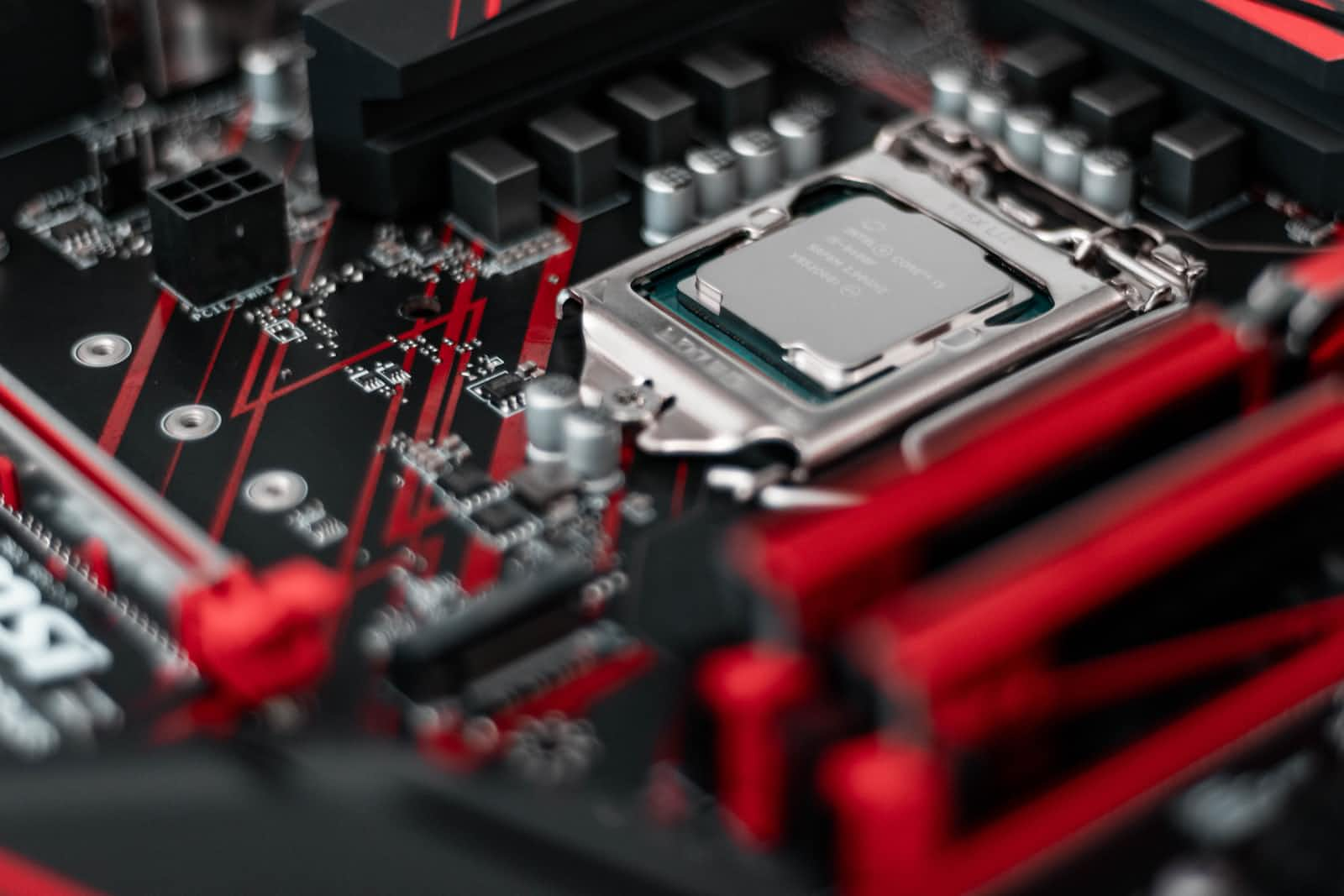Scaling Up Deep Learning with Tensor Processing Units
 Prajwal Deshpande
Prajwal DeshpandeTable of contents

what is a Tensor processing unit?
A Tensor Processing Unit (TPU) is a custom application-specific integrated circuit (ASIC) developed by Google specifically for machine learning. It is designed to accelerate the training and inference of deep neural networks, which are used in a wide range of applications including image and speech recognition, natural language processing, and autonomous vehicles.
TPUs are optimized for the matrix operations that are commonly used in deep learning and can provide up to 180 teraflops of performance. They are also highly energy efficient, allowing them to run at higher clock speeds while consuming less power than other types of processors.
TPUs are used in Google's data centers to support a wide range of machine learning tasks, including training and inference for Google's own products and services, as well as for research and development purposes. They are an important part of Google's efforts to advance the field of machine learning and artificial intelligence.
Is A GPU faster than a TPU?
In general, Tensor Processing Units (TPUs) are specifically designed to accelerate the training and inference of deep neural networks, which are used in machine learning tasks such as image and speech recognition, natural language processing, and autonomous vehicles. They are optimized for the matrix operations that are commonly used in deep learning and can provide higher performance than other types of processors, such as CPUs and GPUs, for these types of tasks.
However, the performance of a TPU or a GPU (Graphics Processing Unit) depends on the specific task being performed and the hardware and software configurations. In some cases, a GPU may be faster than a TPU for certain types of tasks, while in other cases, a TPU may be faster.
It's also worth noting that TPUs and GPUs serve different purposes and are used in different contexts. TPUs are designed specifically for machine learning tasks, while GPUs are designed to accelerate the rendering of graphics and are commonly used in gaming and other graphics-intensive applications.
Still, if you're confused, here's a straightforward explanation for non-technical readers:
A Tensor Processing Unit (TPU) is a type of processor that is specifically designed to accelerate the training and inference of deep neural networks, which are used in machine learning tasks such as image and speech recognition, natural language processing, and autonomous vehicles.
In simple terms, a TPU is a chip that is good at doing the math that is needed for machine learning tasks, and it can do this math very quickly. This makes TPUs useful for running machine learning algorithms on large datasets, as they can process the data much faster than other types of processors.
Here is an example of how a TPU might be used:
Imagine that you want to train a machine learning model to recognize different types of animals in images. You have a large dataset of images of animals, and you want to use a machine learning algorithm to learn to recognize the different types of animals based on the features in the images.
To do this, you would need to run the machine learning algorithm on the dataset, which involves doing a lot of math to analyze the features in the images and learn to recognize the different types of animals. A TPU would be well-suited for this task because it is designed specifically to accelerate the training of deep neural networks, which are commonly used for image recognition tasks.
I hope this helps to clarify what a Tensor Processing Unit is and how it might be used.
🧐 🧠 These Points are 🔥
TPUs are specialized hardware designed to accelerate the performance of machine learning tasks, particularly those involving deep neural networks.
TPUs are able to perform matrix multiplications and other deep learning operations more efficiently than other types of hardware, such as CPUs and GPUs.
TPUs are able to perform these operations using integer math rather than floating point math, which can make them more efficient for deep learning tasks.
TPUs are generally considered to be more efficient at machine learning tasks than GPUs, although GPUs are more general-purpose and can be used for a wider range of tasks.
TPUs have been used to accelerate the performance of a variety of workloads, including natural language processing and image and video processing.
Subscribe to my newsletter
Read articles from Prajwal Deshpande directly inside your inbox. Subscribe to the newsletter, and don't miss out.
Written by

Prajwal Deshpande
Prajwal Deshpande
Hi there! My name is prajwal and I am a developer and a student. I am currently pursuing a degree in computer science. In my free time, I enjoy tinkering with new technologies and building creative projects. As a developer, I have a passion for writing clean, efficient code and constantly strive to improve my skills and stay up-to-date with the latest industry trends. I am excited to continue learning and growing as a developer and am always looking for new opportunities to challenge myself and contribute to meaningful projects.